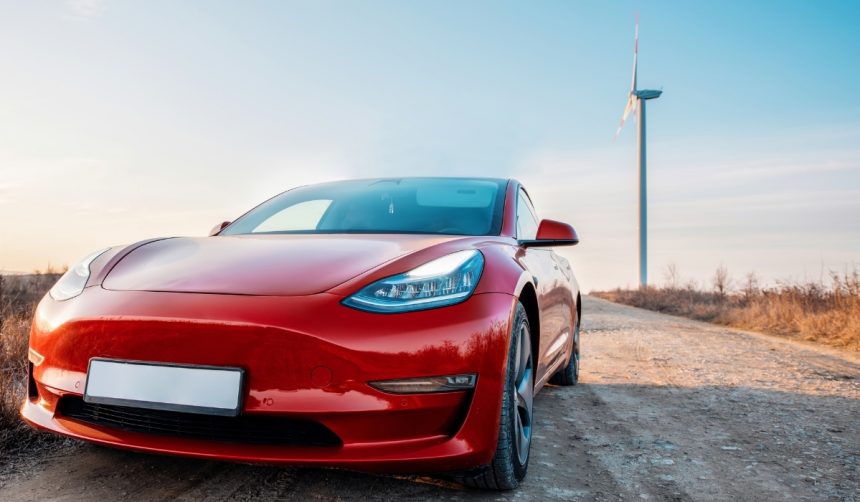Drivers in Arizona may spot a new addition to familiar highway signs: a Tesla Supercharger logo displayed alongside symbols for gas, lodging, and food. The update makes Tesla, and by extension electric vehicle (EV) charging, visible to a broad audience of motorists in a way not previously seen in the United States. As travelers navigate through the state’s stretches of highway, this integration offers both Tesla owners and other drivers a tangible reminder of the evolving fuel landscape. While EV drivers typically rely on their vehicles’ navigation systems to locate charging stations, the roadside signage offers an alternative that levels the playing field between gasoline and electric options. This marks a new phase in how infrastructure adapts to the shifting composition of vehicles on U.S. roads.
Unlike past developments, where Tesla primarily focused on digital solutions and proprietary apps to guide its users, this move brings EV charging into the physical signage landscape dominated by traditional fuel imagery. In earlier years, discussions about Supercharger visibility rarely mentioned state-sanctioned highway markers, typically highlighting map access and mobile alerts instead. The decision in Arizona follows Tesla’s rapid expansion in both vehicles delivered and overall brand exposure, reflecting new intensities in the competition for driver attention—as well as the state’s ongoing investment in EV infrastructure. Other states are still observing before making similar moves, so Arizona’s adoption sets a precedent others may follow if reception proves positive.
Why Did Tesla Appear on Highway Signs Now?
Tesla’s inclusion on Arizona’s highway signage coincides with the growing presence of electric vehicles on American roads and the company’s rising prominence. The Supercharger network, long seen as a major selling point for Tesla, now benefits non-Tesla EV drivers who can access the infrastructure, widening its relevance. By recognizing the Supercharger network on par with gas stations, the state could prompt more travelers to consider electric options without needing specialized knowledge or tech tools. Tesla commented on the rollout, stating,
First highway sign with Superchargers, more to come.
What Does This Mean for Non-Tesla EV Manufacturers?
The decision does not only benefit Tesla owners, as recent agreements have opened Tesla’s Supercharger network to many North American EV brands. Increased signage visibility could therefore support the adoption rates of multiple EV models by reducing range anxiety and making charging infrastructure more approachable. The move represents a step toward standardizing EV charging facilities as an integral part of transportation infrastructure. Tesla added,
This is a minor addition to a much broader change in the U.S. automotive sector.
Could More States Implement Similar Signage?
State transportation authorities across the U.S. will watch Arizona’s example to gauge driver response and potential logistical hurdles. The success of Tesla-branded Supercharger listings in Arizona could encourage wider adoption of similar signs in other states, especially as more EVs hit the roads. If states decide to replicate this model, it could standardize EV charger visibility much like gas stations have enjoyed for decades, reflecting changes in consumer behavior and vehicle technology.
Tesla’s placement on highway signs marks a symbolic and practical milestone for the electric vehicle sector. For travelers, it represents a broader set of options, providing a sense of familiarity and reassurance to those making the shift from gasoline to electric propulsion. Businesses and policymakers continue working toward seamless integration of EV charging within daily travel infrastructure. Roadside confidence grows as visual cues, such as these signs, underscore charging availability and accessibility. As EV adoption rises, such measures can help close the information gap that lingers for new adopters. Drivers in Arizona and beyond may soon come to expect EV symbols where once only gas pumps appeared. For readers considering an EV purchase, monitoring evolving infrastructure support like this is crucial for long-term convenience and travel planning.










